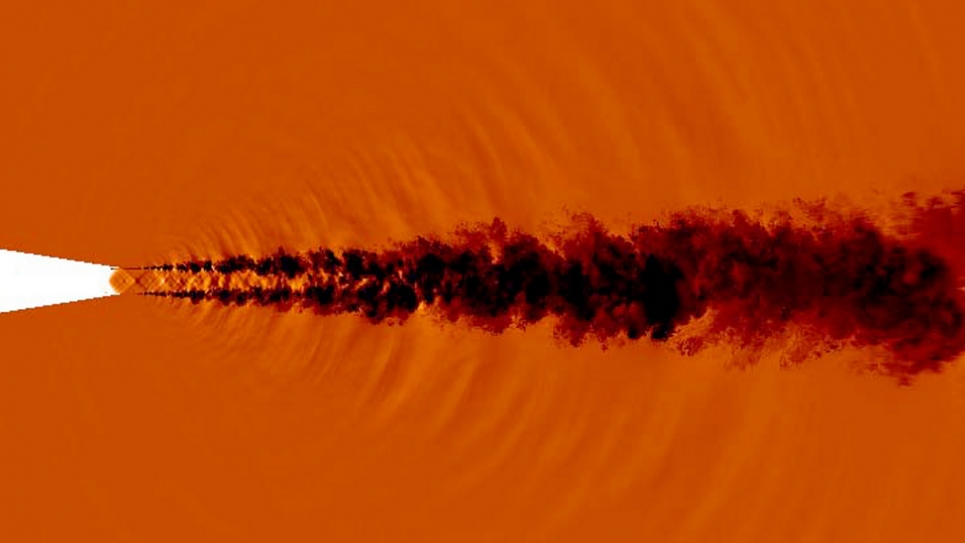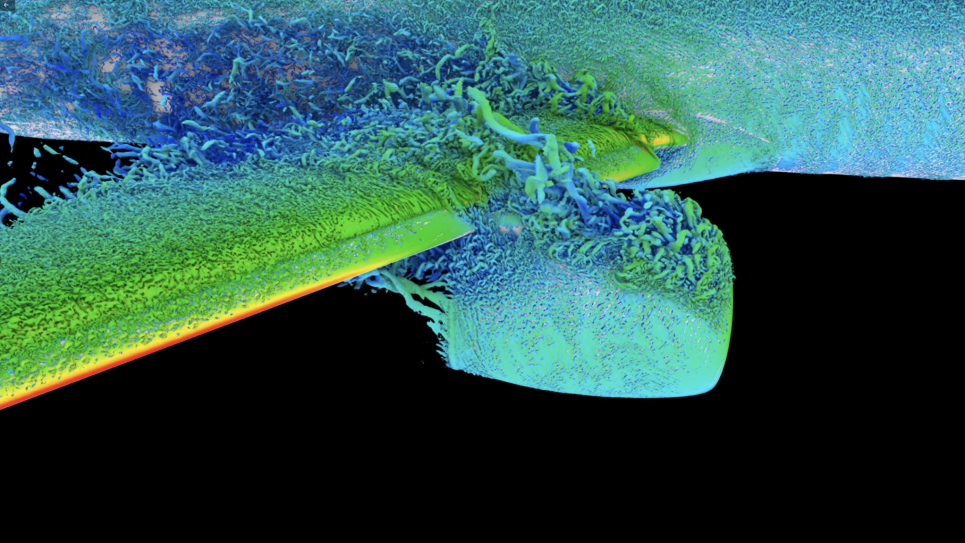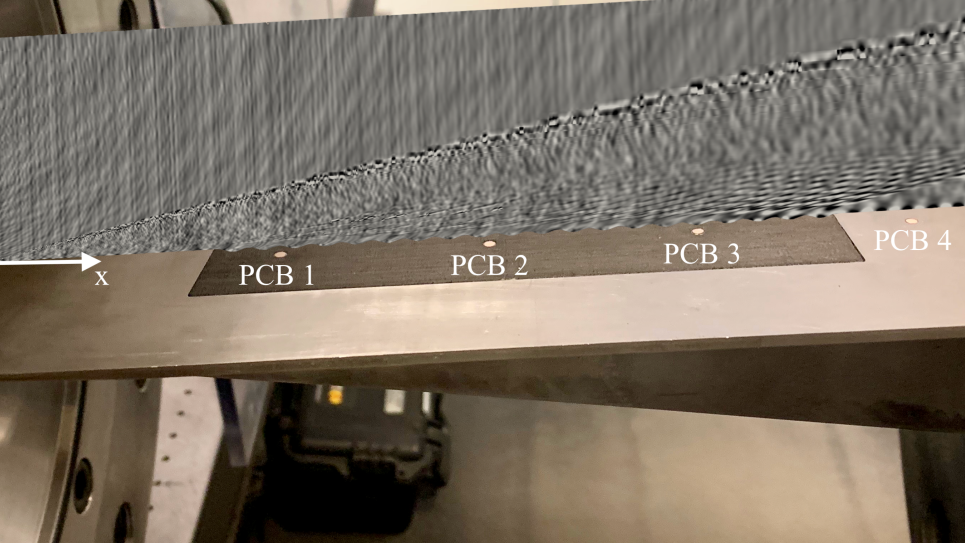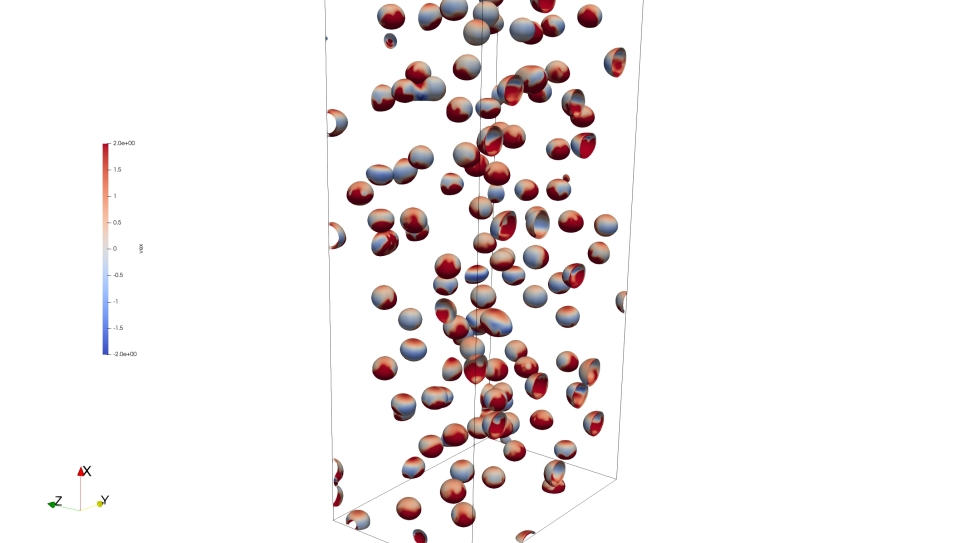
A Center for Turbulence Research - Argonne Leadership Computing Facility Collaboratory for Very Large Scale Turbulence Simulations on Petascale Computing Platforms
New turbulence collaboration enhances energy security
The Center for Turbulence Research (CTR) and the Argonne Leadership Computing Facility (ALCF) have joined forces to enhance the state of the art of turbulence simulations by harnessing the computing power of the Blue Gene/P via allocations from the ASCR Leadership Computing Challenge (ALCC) program.
The collaboration will focus on high-risk, high-payoff turbulence simulations linked to advancing national energy security, including studies of aerodynamic noise reduction in next-generation aircraft propulsion systems, heat transfer in advanced energy systems, and related simulations.
Reducing jet engine noise
Initially, the CTR-ALCF collaboration will study the effects of chevrons on turbulent mixing of jet engine exhaust streams and on the role chevrons play in noise suppression. Chevrons—serrated geometric edges installed on aircraft engines—greatly reduce noise by mixing exhaust jet streams. Their design, however, must balance their role in reducing noise with performance reductions they might cause.
New simulations aim to tell the full story
To date, most simulations model the effects of chevrons by source-and-sink terms in the governing equations rather than by resolving their complex, small-scale geometric details. The proposed simulations aim to fully resolve the effects of the chevrons in a jet engine to capture the enhanced shear layer mixing the chevrons generate and, in turn, to evaluate possible noise-mitigation strategies.


